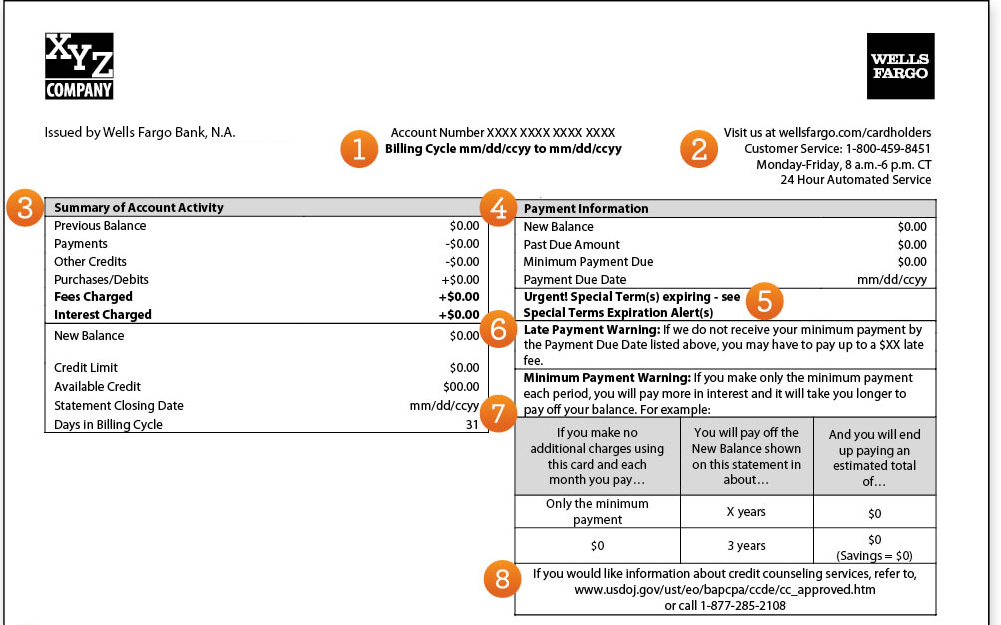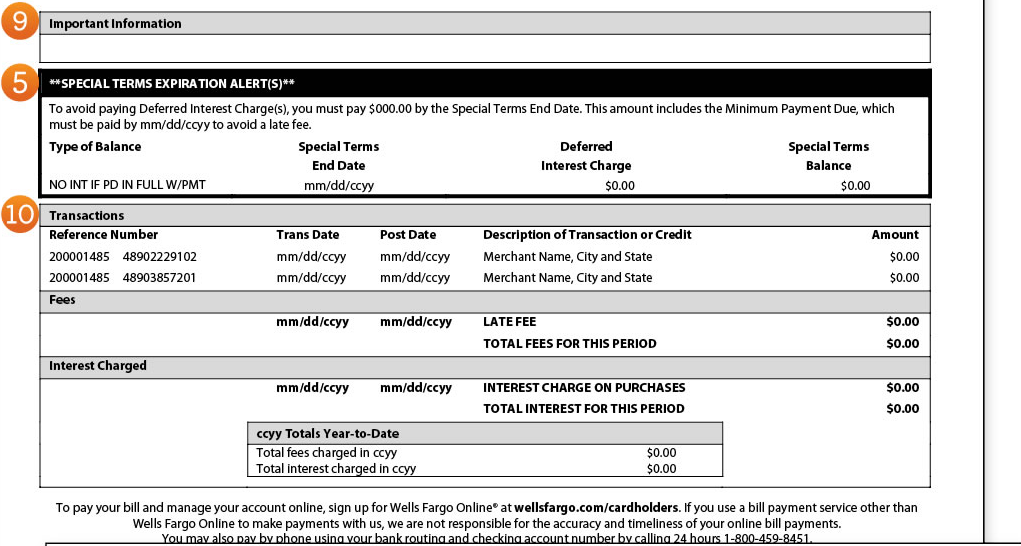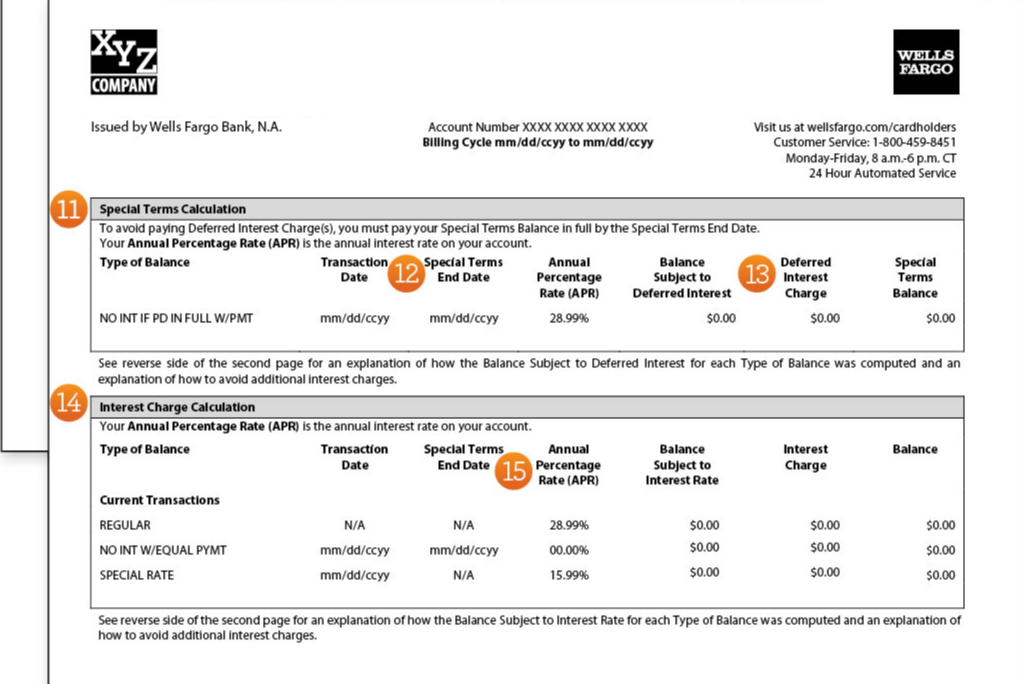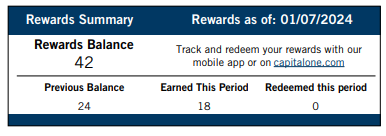Jessica Merritt
Editor & Content Contributor
87 Published Articles 493 Edited Articles
Countries Visited: 4U.S. States Visited: 23
A long-time points and miles student, Jessica is the former Personal Finance Managing Editor at U.S. News and World Report and is passionate about helping consumers fund their travels for as little ca...
Edited by: Keri Stooksbury
Keri Stooksbury
Editor-in-Chief
34 Published Articles 3186 Edited Articles
Countries Visited: 47U.S. States Visited: 28
With years of experience in corporate marketing and as the executive director of the American Chamber of Commerce in Qatar, Keri is now editor-in-chief at UP, overseeing daily content operations and r...





